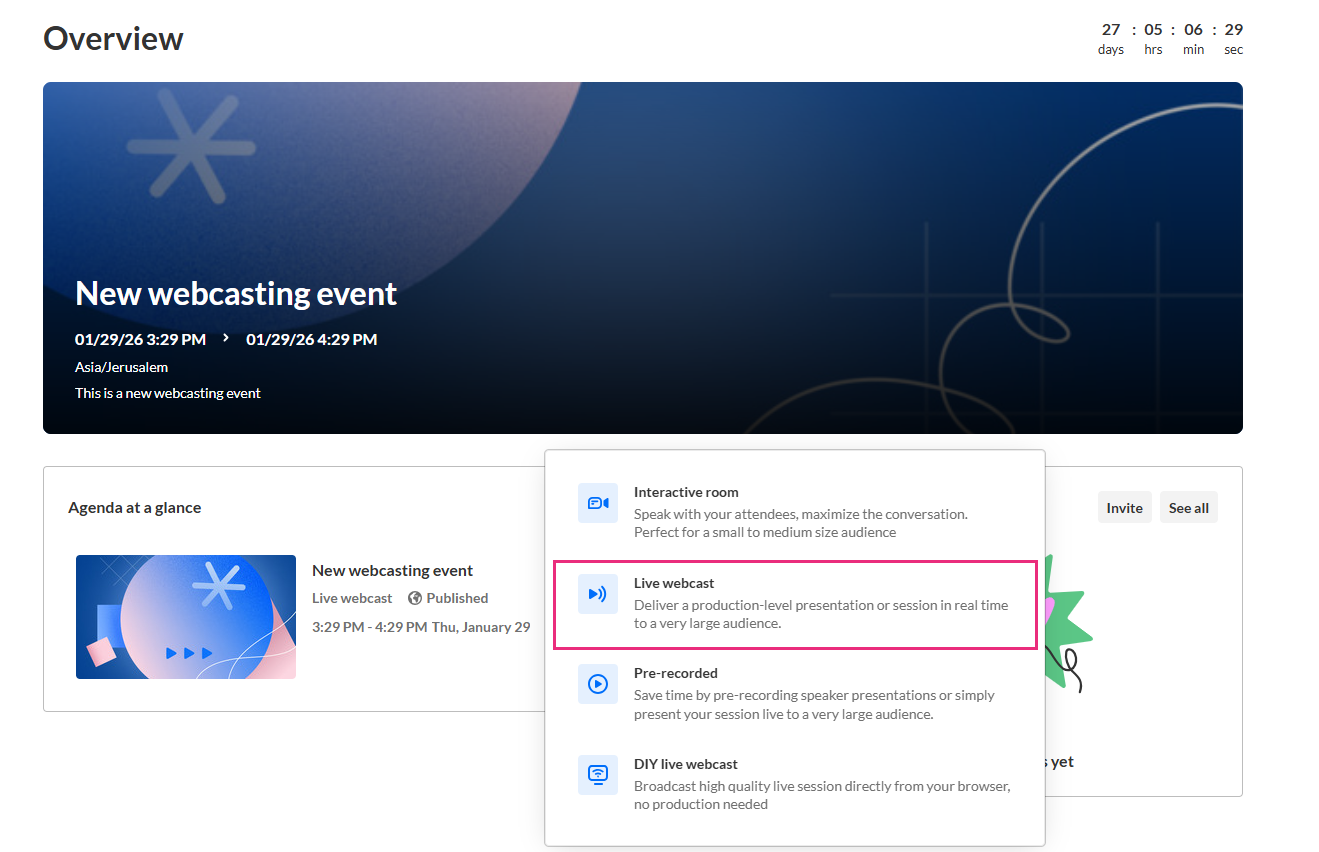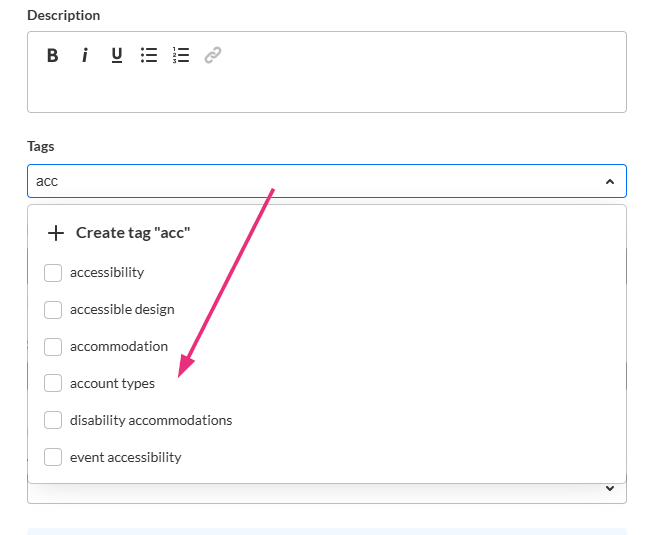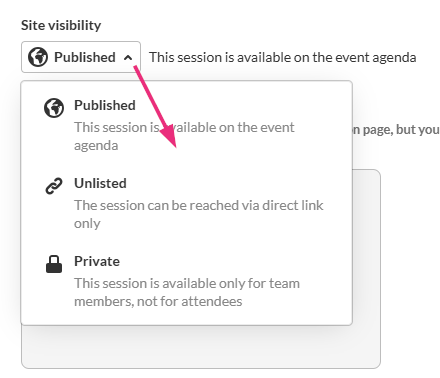About
This article explains how to add a Live webcast session to a multi-session event.
Live webcasts are highly produced live-streaming sessions designed for large audiences. They support a smooth transition from live broadcast to VOD and can be managed before, during, and after the event.
This article applies to multi-session events only.
Once the session is created, the webcast studio is automatically created as well. Moderators may access the webcast studio via a direct private link and begin preparing ahead of the broadcast. The agenda is available to all on the event site.
Some behavior described here applies to a non-default configuration. Customer-specific variations are highlighted where applicable.
Add a Live webcast session
1. From the Events homepage, click the event you want to manage.

The Overview page displays.
2. In the Agenda at a glance section, and click Add session.

A list of session types pops up.
3. Select Live webcast.

A 'New session' panel opens on the right.

4. Fill in the required fields and any additional information you want to display on the agenda (see the section below for details)
5. When you're done, click the blue Create button at the bottom right.

Your new session is added and appears on the Overview page.

Basic session details
Complete the required fields and any additional information you want to show on the agenda.
Thumbnail image
Click Upload thumbnail to upload an image (recommended size: 1920 × 1080 px)
Title (required)
Type a title for your session (up to 120 characters; characters < and > aren't supported).
Description
Type a description for your session.
When entering a URL in the Description field, use http(s):// (full path) for external links.
Tags
Apply existing tags or create new ones for your session. You can then filter your Agenda page and the Agenda section of Page builder based on these unique tags.
- To add an existing tag, start typing and select it from the list
- To create a new tag, type your new tag in the Add tags field, then click +Create tag "[tag name]".
- To detach a tag from a session, click "X".
Session tags are visible to event attendees.

Date and time (required)
- Date (required) - Select the session start date
- Time (required) - Select the session start time
- Duration (required) - Enter the session length in minutes (max is 1440 minutes = 24 hours).
Speakers
Add speakers who have already been assigned a Speaker role in the event.
Start typing the name and select it from the list

If no results are found, click Invite a speaker. This re-directs you to the Speakers page where you can invite speakers to your event.

You can:
- Reorder speakers using the six dots to the left
- Show or hide speakers using the eye icon
- Remove speakers using the trash icon
- Set speaker permissions to Simple speaker or Advanced speaker

- To see a list of all available speakers, leave the Speakers field empty. You can browse the list and click to select speakers.
- Speakers are displayed on the event agenda in the same order you select them here.
- Click outside of the Speakers area to see the speaker line up.
Moderators (required)
To add moderators to this session, start typing the name of a user who has been assigned a Moderator role, and select the moderator from the list.
Moderation app
Use the moderation app to manage live interaction during the session.

- Click Go to app to open the moderation app.
- Click Copy app link to share access with moderators
The moderation app supports:
- Q&A management
- Polls
- Public and private chat moderation
Session controls
AI assistant (optional)
Toggle on to activate Kaltura's AI assistant for this session.

For details, see Activate AI Assistant for your live session.
Site visibility
Choose one of the following options from the drop-down menu:
- Private – Visible to team members only
- Unlisted – Accessible via direct link only
- Published – Visible on the event agenda

Session recording
After the live session ends, the recording area becomes available from the edit session page. For more information, see Manage recordings.
Certification
Additional information
This section appears only if your account includes custom metadata. The fields in the Additional information section can be used to:
- Capture internal session details
- Support certification or CPE requirements
